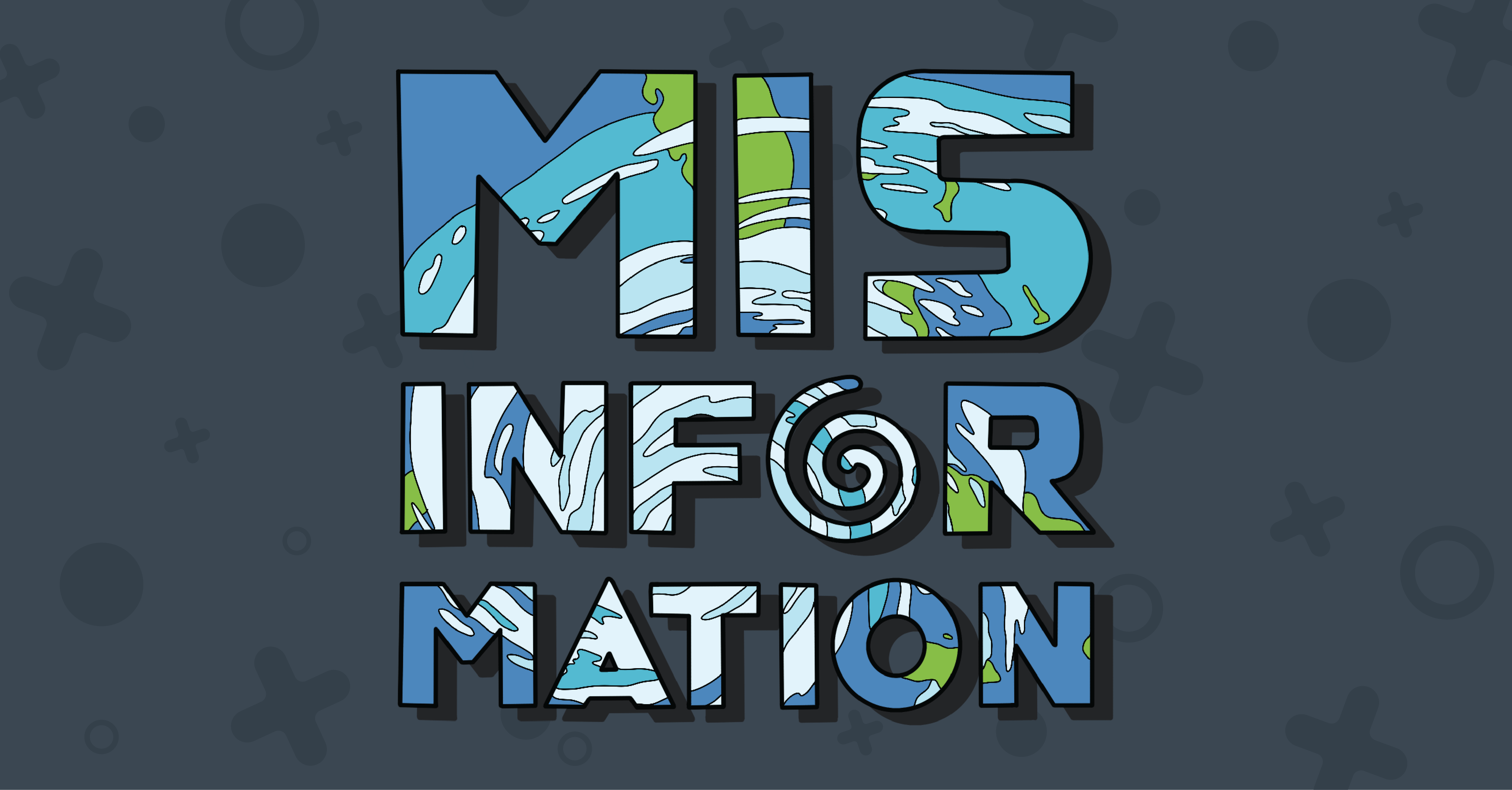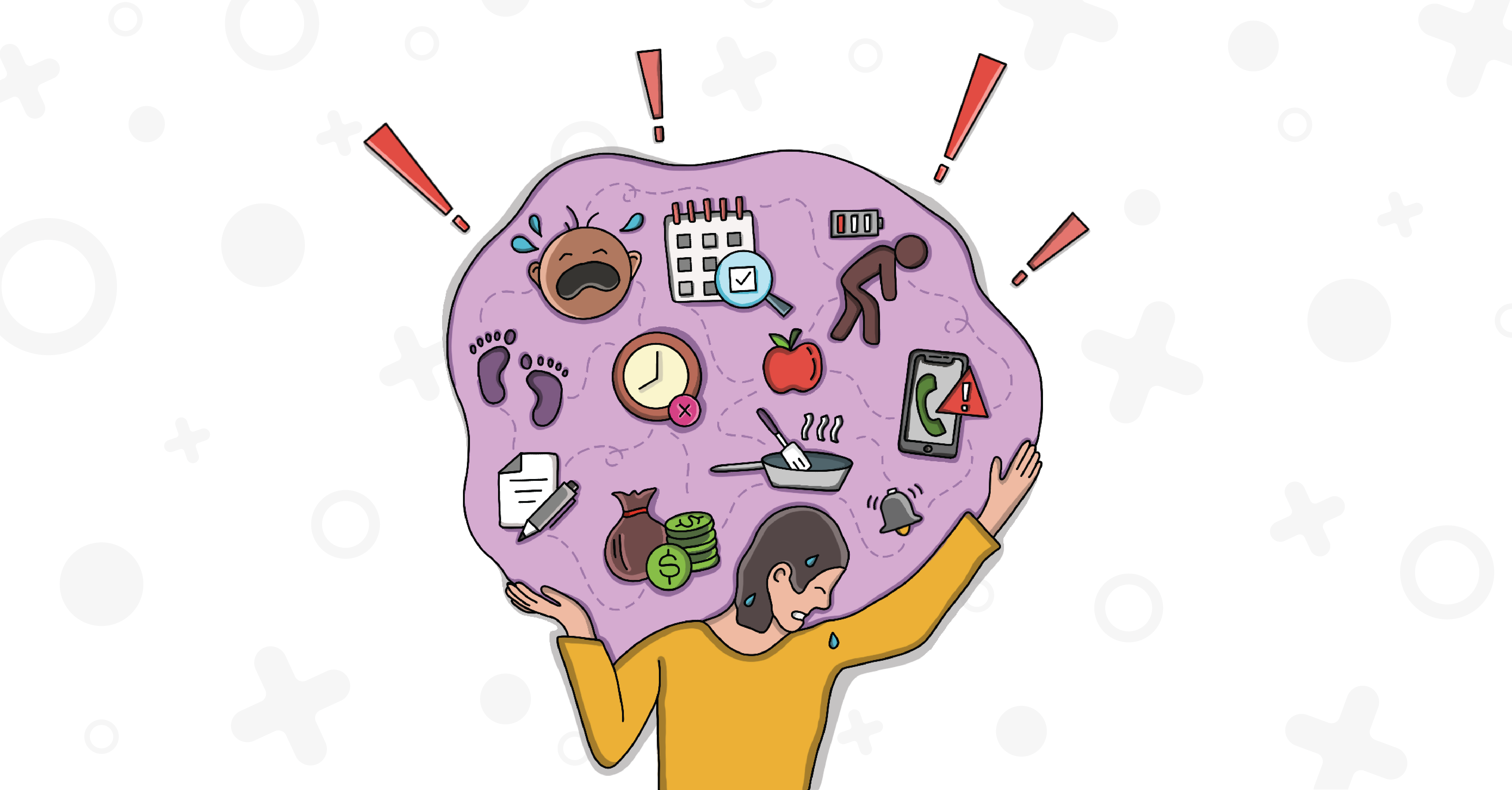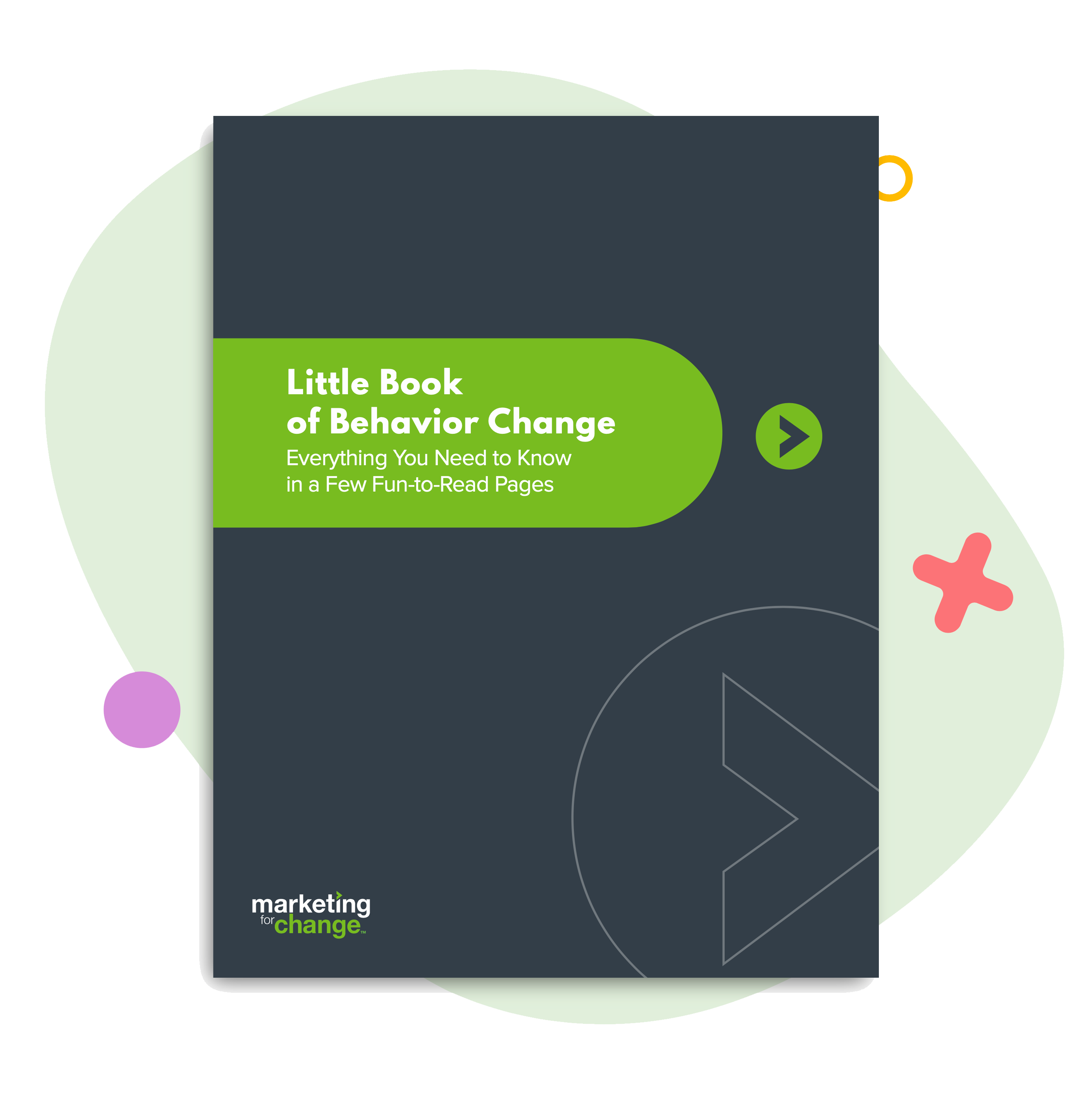
How #BlackOutTuesday Backlash Could be Hurting the Movement
For many, the days since George Floyd’s death feels like a new dystopian world. A world of protests, curfews, rioting, teargas, rubber bullets, and an overwhelming feeling of anger, sadness, stress and, at many times, exhaustion. (All on top of a global pandemic).
But the reality is, this is not new. For so many, this is “same old, same old.” The movement for black equality is as old as America itself.
Even the more recent Black Lives Matter movement is already seven years old — it started in 2013 as a response to the acquittal of Trayvon Martin’s killer.
This movement needs a tipping point.
This past week, I was optimistic about what I was seeing. I’ve worked in behavior change for over a decade, and one of the biggest challenges we help clients face is that of breaking out of echo chambers and expanding their audiences to include people who previously did not see themselves as part of the effort. Essentially, the question is, how do you preach outside of the choir?
For example, environmental causes often leave people feeling like you’re either in or you’re out. If you aren’t “environmental enough,” you can’t be an environmentalist. But, that ends up cutting out the huge portion of the population that supports environmental causes but doesn’t feel like part of the in-group. Maybe someone is passionate about fishing and wants to support causes that keep their local waterway clean. But, they worry that, because they use disposable water bottles and drive a Ford F150, they won’t fit in. That feeling of not fitting in stops them from joining the effort and, unfortunately, from taking action.
It’s the same for the Black Lives Matter movement. The thing that made me optimistic is the fact that last week, I was starting to hear a new message. A call for new allies — white and privileged allies. Black leaders calling on their white allies to not be ashamed of their privilege, but instead, welcoming them to the cause and asking them to use that privilege and power to further it. The message was — we welcome you. And more importantly — we need you.
While I’m not 100% white, for all intents and purposes, I’m white-passing. I’m half-Chinese, and often get the “what are you?” question. But, all in all, I get most of the privileges that other white women in this country get. I am ready to use my privilege to help. And in my mostly white and privileged circles, many people I know were ready to answer that call, too.
And then #BlackOutTuesday came along. I woke up to my Instagram feed full of black squares showing support for the movement. As a person who works on behavior change campaigns, I thought, this is brilliant! What an easy way to get new allies to show solidarity and support for the cause.
As the day moved on and more individuals, influencers and companies (including myself and my company) started posting black boxes on their Instagram feeds, the backlash came. The effort was being called “performative” and “self-serving.” People were shamed for posting a black box and not doing more to support the cause. The term for sharing opinions to show you’re a good person is called virtue signaling. And it’s become a put-down. The backlash is understandable. This injustice has been going on for years, Black people have been calling for change for decades, and to suddenly have everyone posting on social media about it can feel empty — like it’s just part of the new call-out culture that only exists online but doesn’t translate to real life. But should we be putting people down for these posts?
Another way to think of these easy virtue-signaling actions is to compare them to the top of a marketing funnel, the path to a bigger coalition and more action. We’ve all experienced this. It’s the free sample that gets you to begin buying the gum or the download to get your email address. Yes, some who virtue signal will only do a post and think they’ve done enough. But you can also see that, for the truly engaged person, there is an opportunity to up-sell them into more action.
For many new potential allies, the shame that came with their #BlackOutTuesday post may have silenced them. The worry that they may say or do the wrong thing could push them to, instead, do nothing at all — despite the “silence is violence” message that motivated them in the first place.
So, how can a movement welcome in the huge portion of the population that supports their cause but doesn’t yet feel part of the in-group? One way is to identify overlapping values, help people sample a supportive behavior, and then build on that. Yes, seeing the NFL participate in Black Out Tuesday was eye roll worthy. For years, they’ve shunned Colin Kaepernick for taking a knee. But many people who participated in #BlackOutTuesday want to be true allies, even if they are not ready to take to the streets. Already, the George Floyd Memorial Fund has raised nearly $12.5 million, more than eight times its original $1.5 million goal.
Here are just a few ways allies can do more:
- Learn more about the issues at the heart of the upheaval. Two good resources are Black Lives Matter and President Obama’s Anguish and Action page.
- Sign the Color of Change petition to end violent policing against black people.
- Contribute to a bailout fund like this one.
- Find and support local black-owned businesses. In Washington, DC, like me? Get your dinner tonight from one of these restaurants.
- Find your local supervisor of elections and register to vote.
We at Marketing for Change call this “ally acquisition,” and a big part of it is giving our target population choices and control over how they participate. People enter movements at different speeds. When you allow for that, you build bigger movements.
The sad truth was recently shared quite succinctly by Rolling Stone’s Jamil Smith on NPR’s Code Switch podcast, as the writer lamented how long he has been writing about incidents like the shooting of Tamir Rice — the child who was killed by police while playing with a toy gun:
“Tamir Rice would’ve been 18 in June. And America moves on. America moves forward. I think to a large extent white power structure waits for us as black people especially to quiet down, settle down, to get it out of our system. In terms of unrest or in terms of online protests, I’ll be writing my column and that moment will happen. But whether or not it will result in any concrete change is really up to people who may be least involved with the trauma. It matters whether or not people who are not affected by this do something.”
People across the country, including those least involved with the trauma, are primed for action. If we can help all who are willing to take one step, and then another, we will be that much further along in pushing that tipping point for good.

Karen Ong Barone is Principal + Executive Creative Director at Marketing for Change.





